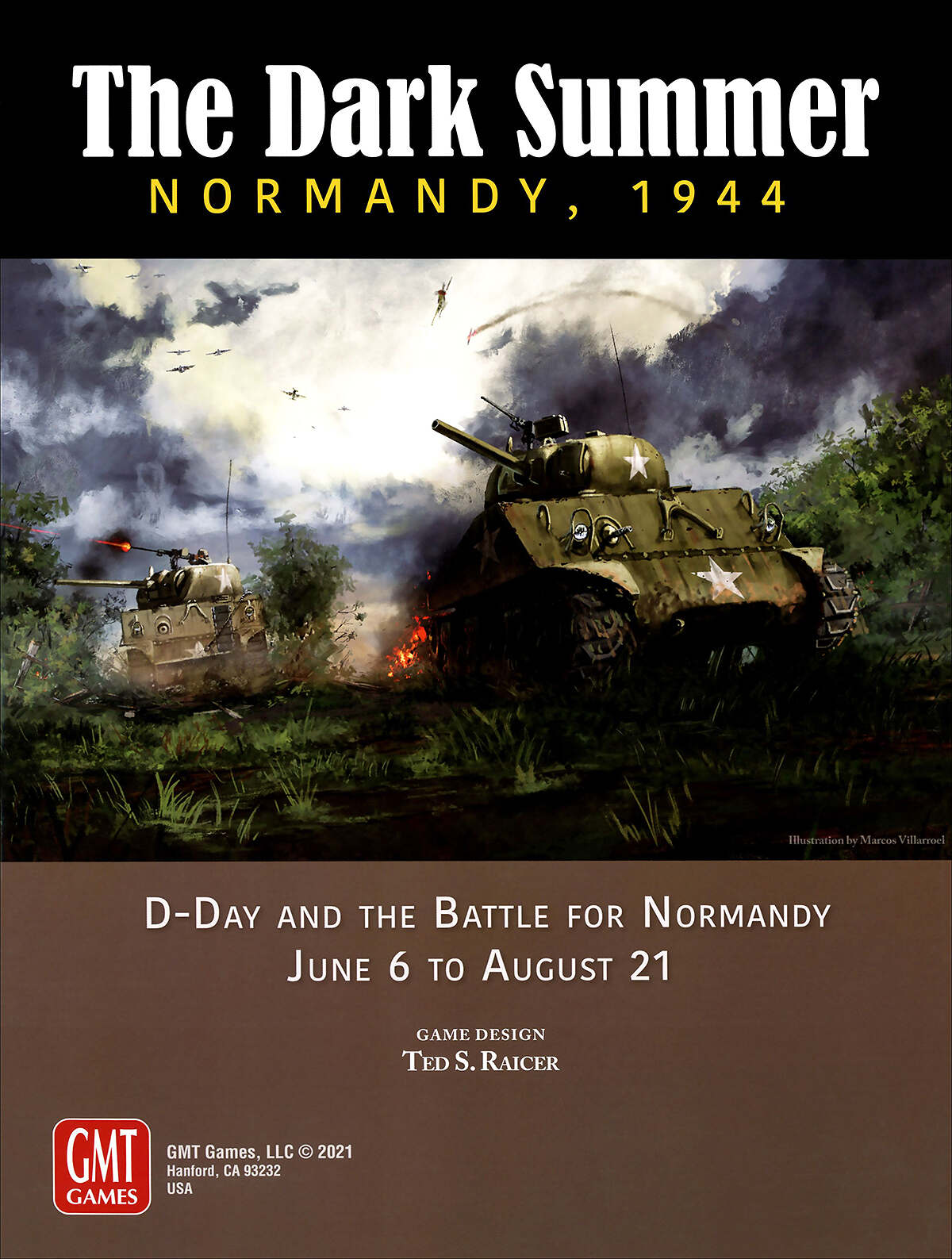The siege of Long San
The Siege of Long San
November 1950, the world holds its breath. Will the besieged fortress of Long San fall to General Giap's men or will it hold out, so close to the Chinese border?
Once the turn routine has been assimilated, Tonkin is a very easy game to play. The game aids are well done and allow you to let the rulebook aside. The reinforcement phase requires both sides to make a choice: they can request reinforcements, supply depots or a mixture of both. The VietMinh opts for the latter. It had few depots and had to make up some of the losses suffered the previous month. On the French side, the retention of the city of Long San made it possible to keep the numerous depots there. It will therefore be a full wagonload of reinforcements to repair the motorised and riverine units that suffered most last turn.
On the French side, it is clear that holding the Chinese border is going to be difficult in the long run. It is only possible to reinforce damaged units near a supply town or HQ. In the absence of such a unit, all available supplies are concentrated on the delta. So units will have to be rotated and rested. The VM, on the other hand, has the generous help of China, which allows him to be healed on the spot.
The movement phase sees little action in the delta. Cautious, Uncle Ho do not venture back into the delta. The last remaining Thueu Doan runs for the hills. RC4 is infested with guerrillas, it takes two successive actions by the 2nd BPC and the 1st REI to clear the road. The fighting is bloody but the final goal is achieved: the garrison is reinforced and the artillery positioned to pound the communist-infested jungle.
The action phase always starts with a Viet initiative. Giap quickly calculates the possibilities. He has an opportunity for a risky attack before receiving the deluge of fire that is coming. The assault is carried out at 2 to 1. This is much less comfortable than in previous turn when the ratio was 5 to 1. The Bolshevik ardour of the comrades is again called upon. It is a total failure: the people's soldiers refuse to rush the solidly established French positions. A new bloody exchange for the VM. In its turn, the French Expeditionary Corps activates its major advantage: using its artillery and air force on important concentrations of forces. The rest of the month is a long ordeal for the VM, which sufferes incessant bombardments. Finally, the siege is lifted and the troops disperse into the jungle.
The VM offensive is broken. A feeble attempt is made in the direction of Cao Bang, Indochina's northernmost post on the Chinese border, but the retreat consumes all the VM's operational resources.
This short scenario therefore ends with a significant victory for the French side.
Several analyses follow this game: if the VM does not manage to destabilise the French in the north on the first turn, it quickly wears itself out in a traditional battle that it cannot win at the beginning of the war, due to a lack of modern means.
Turn 3 reinforcements are supposed to compensate for RC4 losses. In the event of a French victory, their numbers are sufficient to turn the campaign into a jungle VM hunt. Perhaps their appearance should be limited in the event of a victory situation. There is a knock-on effect in victory, as victory gives points to the French to buy new units, which give him abilities to gain more points, and so on...
We have decided to stop this trial game and go into the campaign, taking the situation at the end of the RC4 battle, with its historical outcome this time. Next game, the battle for Hanoi!



Commentaires
Enregistrer un commentaire